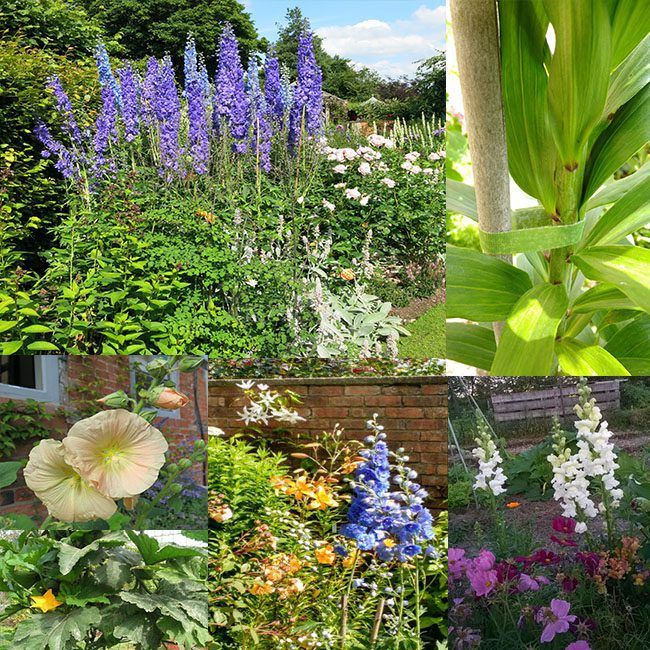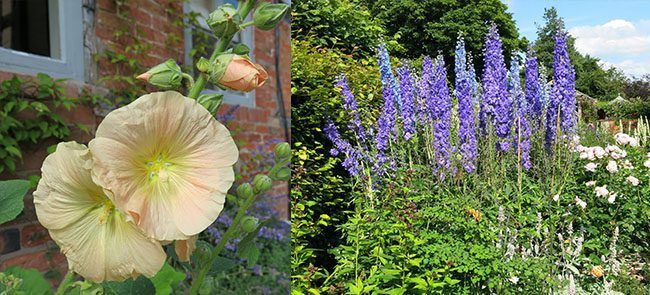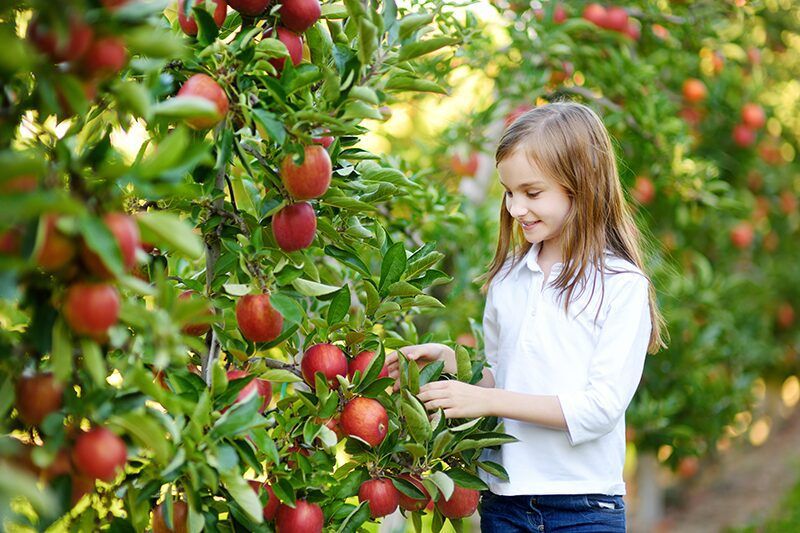By mid summer the flower garden is exploding with color. But if you’re growing tall, stalky perennials such as delphiniums, hollyhocks, and lilies, or even annuals such as gladiolus and snapdragons, to look their best they may need some support to stay upright. There’s nothing worse than your prized flowers flopping onto the ground after a summer thunderstorm.
You can place cages around some perennials, such as peonies, but for tall stalky growers, nothing beats a good stake. A sturdy stake attached with a strong VELCRO® Brand Garden Tie will insure your flowers have the support them need and not be unsightly. The stakes can be green or a neutral color. What I love about the VELCRO® Brand Garden Ties is they come in many different colors so you can choose the right color to blend in with the stake or plant and not take away from the beautiful blossoms. Here are some staking tips.
- Stake Early- While these photos show the staked perennials in full bloom, the key time to put the stake in the ground and attach it is early on. Put stakes in once the flower stalk forms and start tying the stalk to the stake when it reaches 2/3rd its full height. Don’t be shy about adding 2 or 3 ties as the flower stalk grows.
- Stakes Aren’t Just for Perennials- While we often think of lilies, hollyhocks, and delphiniums as good candidates for staking, other plants can benefit, too. Tall snapdragons can use short stakes to keep the flower stalk straight. Use taller stakes for cosmos. Staking annuals is particularly important when growing them as cut flowers.
- Vegetable Stakes– Of course we all know tomatoes need staking and support, but other vegetables can be grown vertically using plant ties. Melons and summer squash can be attached to stakes or trellis to save space and keep the delicate fruits off the ground and away from critters.
Check out the Flower Staking gallery below:




